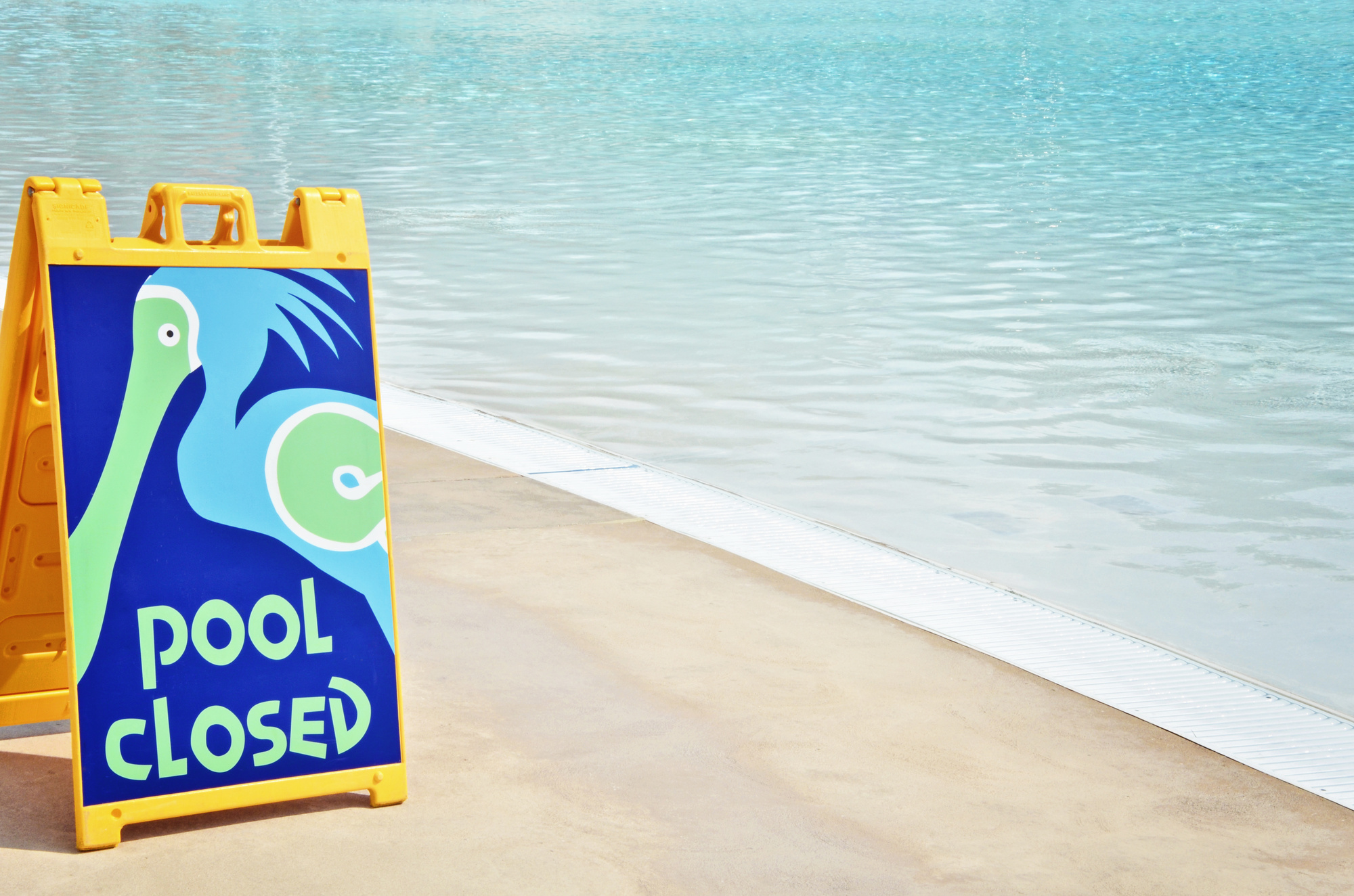There are over 10 million residential swimming pools in the United States. Each of those pools provides countless hours of summer fun, but come wintertime, acts as a magnet for debris, small animals, and insects.
When you live somewhere characterized by mild winters, it can be tempting to avoid closing your pool. The fact is, winterizing your pool can save you frustration, money, and time.
Why? Because if you leave your pool open throughout the winter, you’re setting yourself up for a bigger cleanup, a bigger hassle to balance the water, and potential plumbing problems.
The average temperature in January in Katy, TX is 43 degrees. This is below the 65-degree recommended threshold for closing a pool.
If you’ve never learned how to close a pool, we’ll help. Keep reading to learn the steps to preserve your investment.
Supplies: Closing Pool For Winter
There are two paths you can take: you can purchase a winterizing chemical kit or you can buy each individual item. Here’s a handy list of everything you might need when closing your pool:
- Winterizing chemicals:
- Algaecide
- Shock
- pH increaser
- Alkalinity increaser
- Calcium hardness increaser
- Clarifying water enzyme
- Skimmer cover(s)
- Return line plugs
- Expansion plugs
- Pool cover
No matter which path you take, you’ll want to gather all your supplies before winterizing your pool. It’s no fun to be in the middle of the winterization process and have to run an errand because you don’t have the right chemicals.
How To Close A Pool
Whether you’re dealing with an in-ground pool or you’re closing an above ground pool, this process is all about ensuring both cold and nature don’t wreak havoc on your pool.
You’ll want to start by cleaning your pool. Make sure to also clean your filter.
Next, balance your water. This is where all those increasers we mentioned in the above section come into play.
Once your pool is clean and balanced, clean out and plug the pool’s lines. To do this, blow the water out from your skimmer(s) and plug the lines with the expansion plugs.
Whereas some steps, like balancing your water, make winterizing and opening again easier, this step is absolutely crucial to the health of your system. Ice expansion is just as damaging in pool lines as it is in home plumbing.
Next, protect your skimmer(s). We recommend removing your skimmer basket(s) and using a skimmer cover(s).
By covering a skimmer, you don’t have to worry about cleaning it out throughout the winter.
Next, you’ll need to winterize your pump and filter. Remove all the drain plugs and the pump, hoses, and chlorinator. Store all of these in a dry space.
How you winterize your filter depends on which kind you have: sand, D.E., or cartridge. Then, drain water if necessary to below the skimmer and return levels.
The final step is to install your pool cover.
Final Thoughts
Now that you know how to close a pool, you can ensure your pool is ready to face the winter. Remember that even a mild winter can cause problems for pools if they’re not winterized.
Do you still have questions about closing your pool? We’d love to help. Contact us to learn more about the best way to prep your pool for colder weather.




